Campaigns
With the campaigns:
- We increase public awareness for action on disaster resilience, supporting education and creating a culture of risk prevention;
- We mobilize action, from communities to organizations, and governments, on reducing the impacts of disasters, making everyone safer; and
- We advocate for policy changes to transform our systems for a sustainable and resilient future for all.
International days
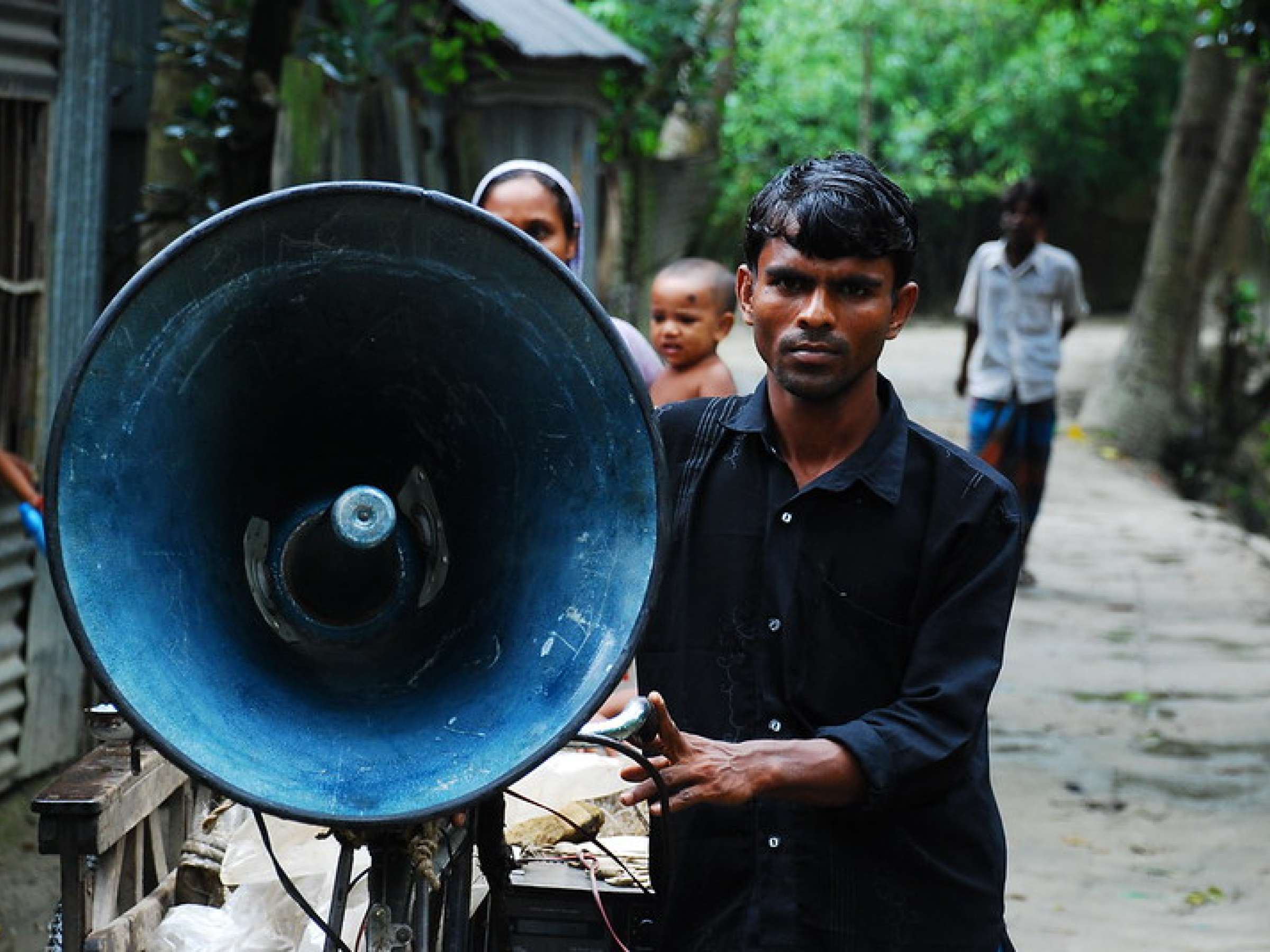
The United Nations General Assembly has designated 13 October as the International Day for Disaster Risk Reduction (IDDRR) to promote a global culture of disaster risk reduction.
It is an opportunity to acknowledge the progress being made toward preventing and reducing disaster risk and losses in lives, livelihoods, economies and basic infrastructure in line with the Sendai Framework for Disaster Risk Reduction 2015-2030, adopted in March 2015.
It is an opportunity to acknowledge the progress being made toward preventing and reducing disaster risk and losses in lives, livelihoods, economies and basic infrastructure in line with the Sendai Framework for Disaster Risk Reduction 2015-2030, adopted in March 2015.

In 2015 the United Nations declared that each year 5 November would be observed as World Tsunami Awareness Day – a reminder that when a tsunami strikes, everyone must be ready to get to high ground.
Tsunamis can be deadly, but they needn’t be. Early warning and early action are effective tools to protect people, saving lives, and preventing the hazard from becoming a disaster.
Tsunamis can be deadly, but they needn’t be. Early warning and early action are effective tools to protect people, saving lives, and preventing the hazard from becoming a disaster.
Ongoing campaigns
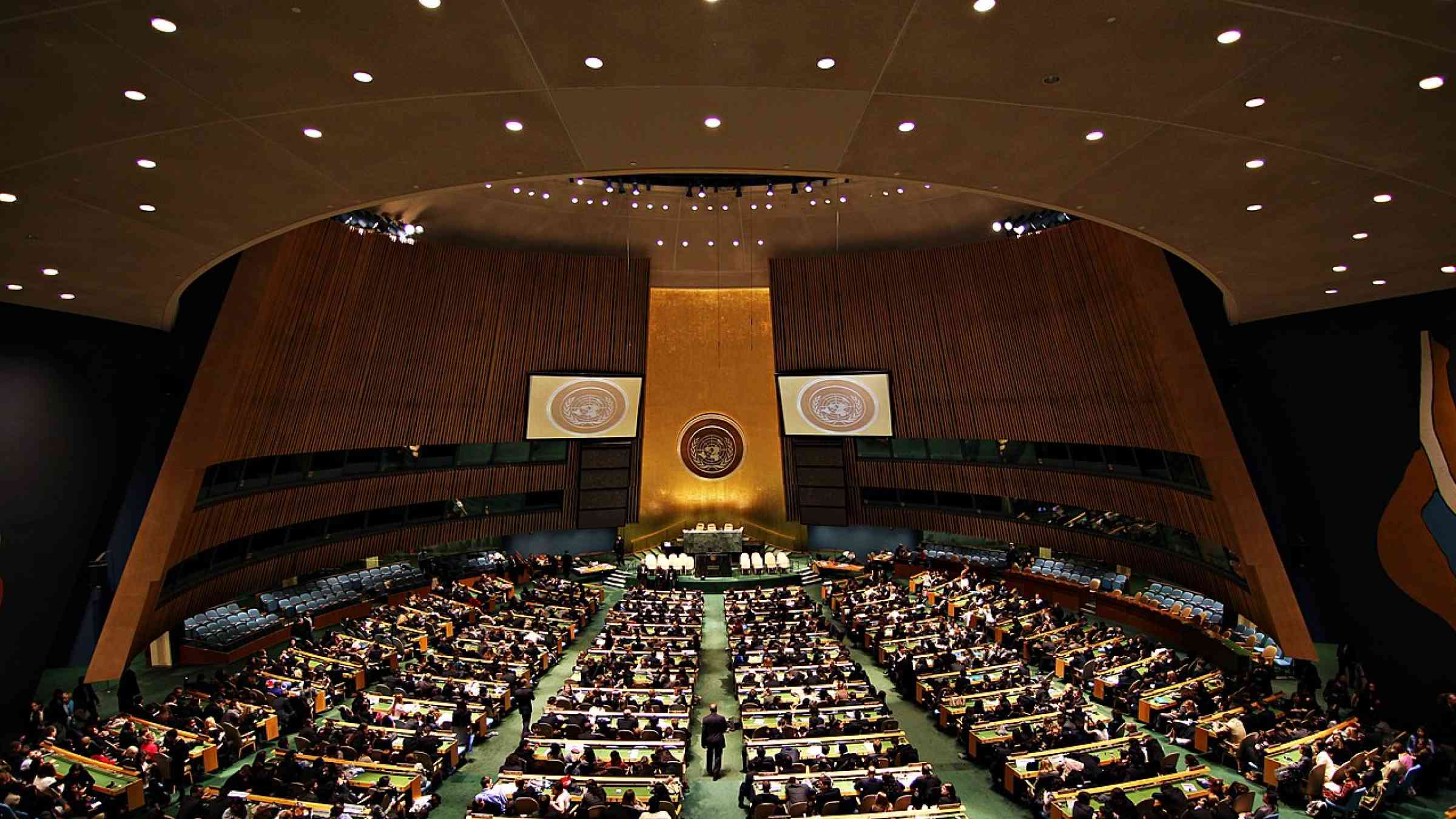
The MTR SF presents an opportunity for States and stakeholders to review, course-correct and, as the Secretary-General said, upgrade “our toolbox, norms, and approaches” so that frameworks for global cooperation can mirror evolving issues rather than become “zero-sum and polarizing.”
The findings and recommendations of the MTR SF are central to informing actions that support numerous global agreements and reviews, including those related to sustainable development, financing for development, climate, biodiversity, water, energy and food.
The findings and recommendations of the MTR SF are central to informing actions that support numerous global agreements and reviews, including those related to sustainable development, financing for development, climate, biodiversity, water, energy and food.
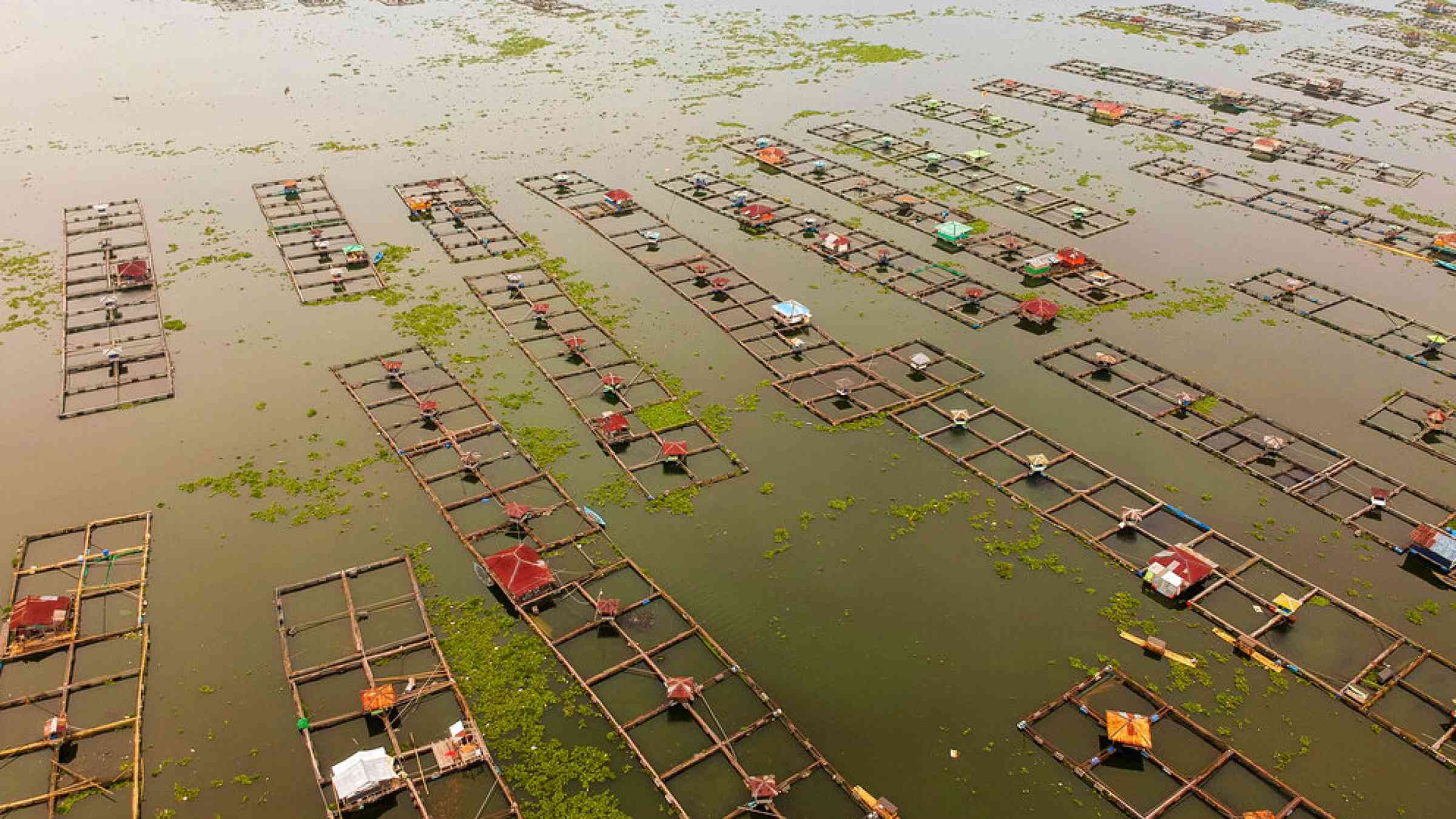
Disasters occur when hazards meet vulnerability. In the immediate future, we cannot reduce the occurrence or even the intensity of climate-driven extreme weather events. But we can reduce our vulnerability and exposure to prevent the death and destruction climate hazards cause around the world, especially among the most at risk.
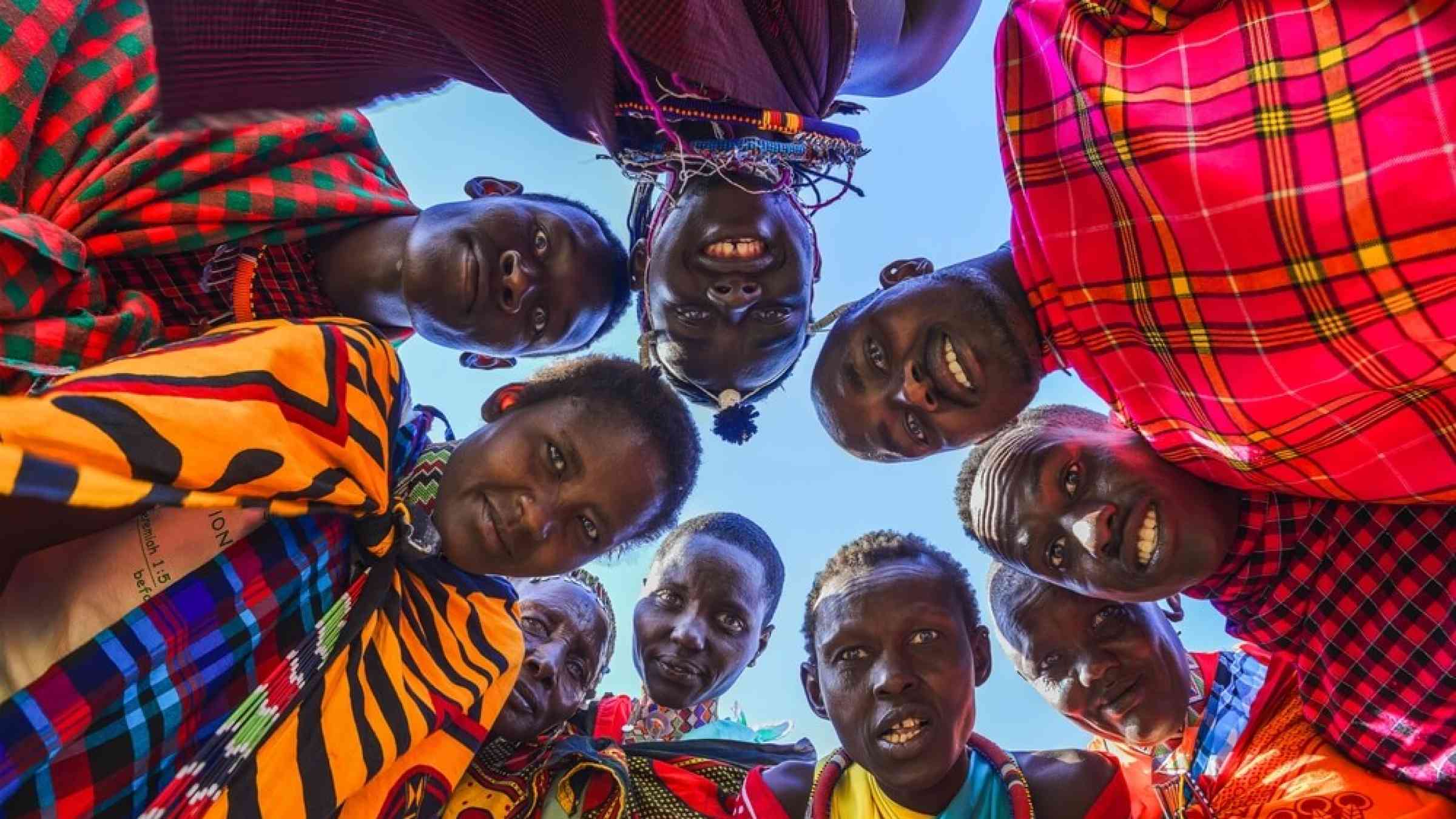
Indigenous Peoples are on the front line of rapidly increasing disaster risk and climate change and environmental degradation because of their close relationship with the environment and its resources.
A legacy of inequality and exclusion has made Indigenous Peoples more vulnerable to the impacts of climate change and disasters. At the same time, indigenous people hold many of the solutions to reducing disaster risk and vulnerability.
A legacy of inequality and exclusion has made Indigenous Peoples more vulnerable to the impacts of climate change and disasters. At the same time, indigenous people hold many of the solutions to reducing disaster risk and vulnerability.
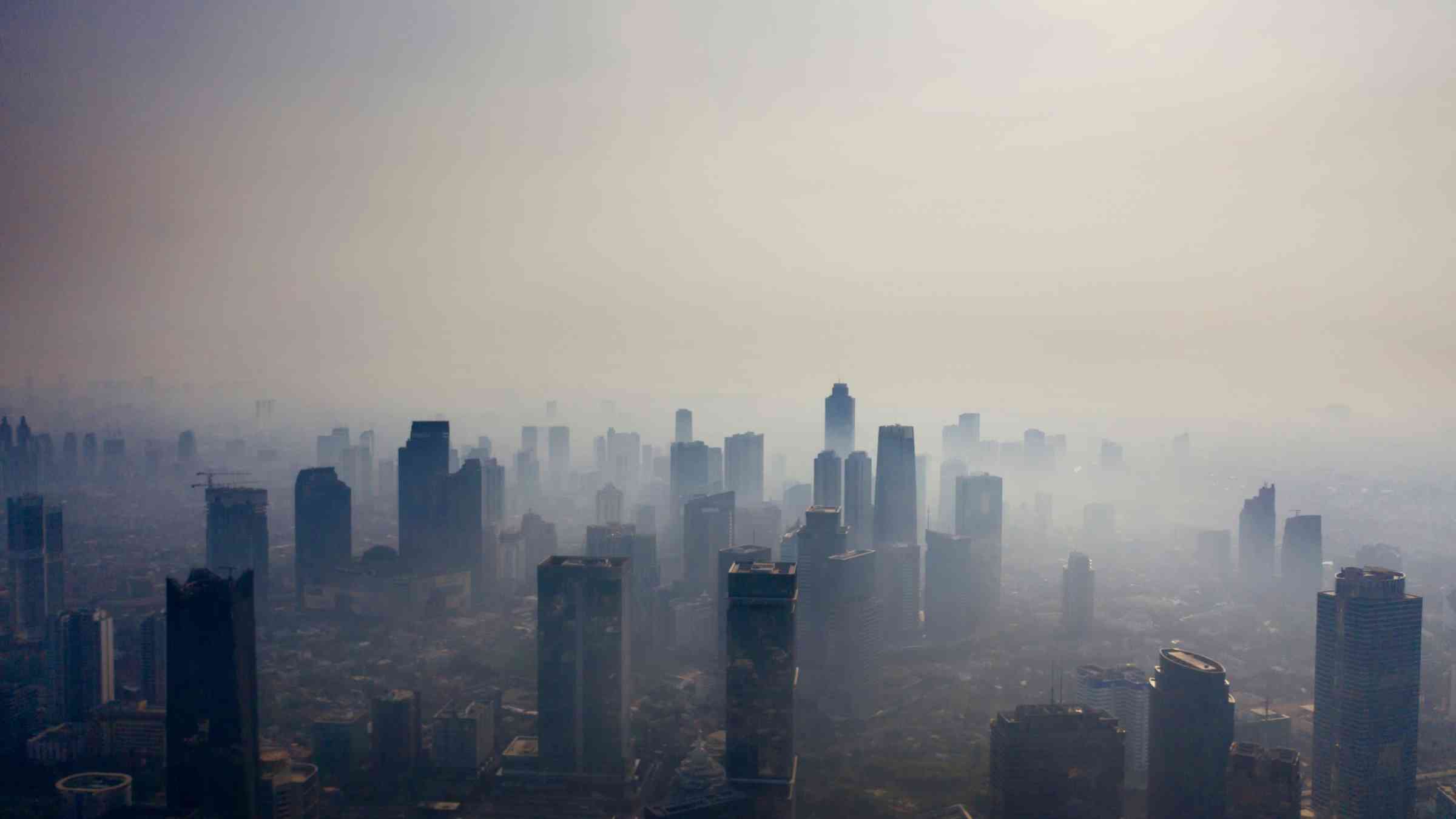
Investment in understanding risk is the foundation for sustainable development. However, this needs to link to a reworking of financial and governance systems to account for the real costs of current inaction to address risks like climate change. Without this, financial balance sheets and governance decision-making will remain fragmented and be rendered increasingly inaccurate and ineffective.
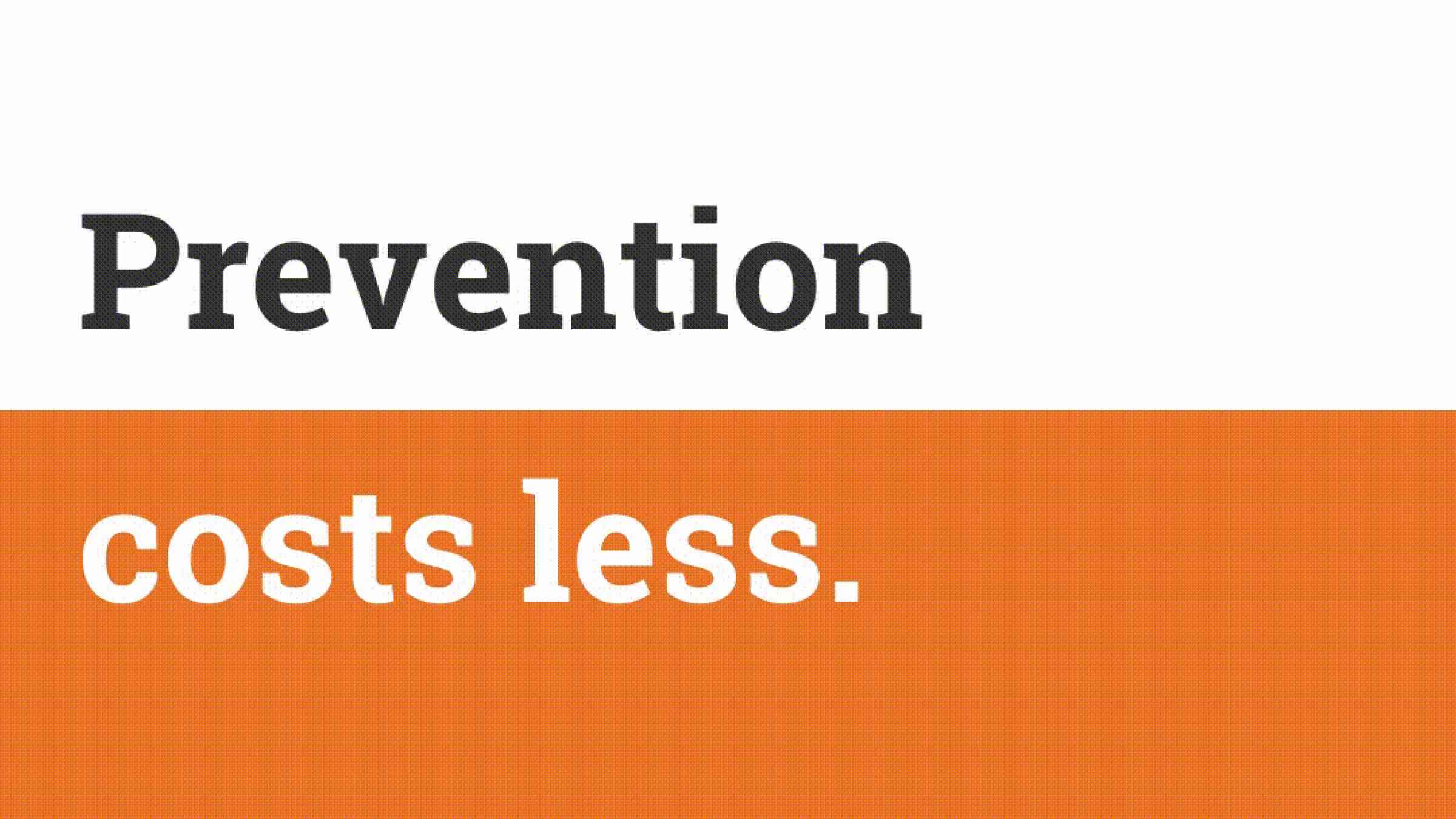
The COVID-19 pandemic is the biggest global challenge we have faced in our lifetime. Millions of lives have been lost, billions affected, and huge economic costs incurred. All countries around the world have felt the heavy social and economic impacts of the pandemic. We cannot afford to do this all over again. We need to recover better, greener and more resilient – especially in the face of the climate emergency.
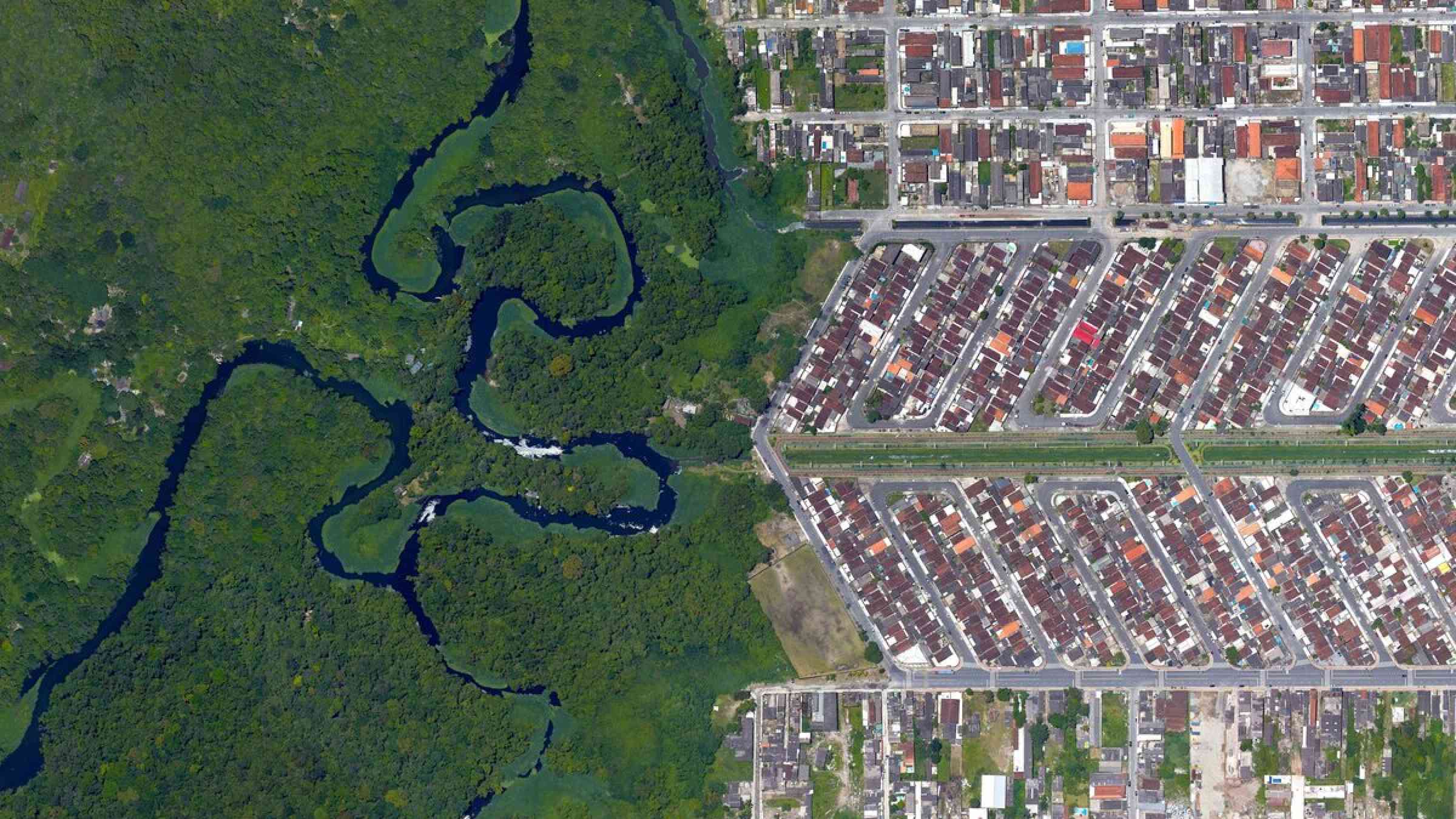
We often hear about “natural disasters” in the news or from NGOs and international organisations (even some less-well informed UN agencies!). The truth is, there is no such thing as a natural disaster. A hazard can only become a disaster once it impacts on society or community. A hazard is natural, disasters are not.
